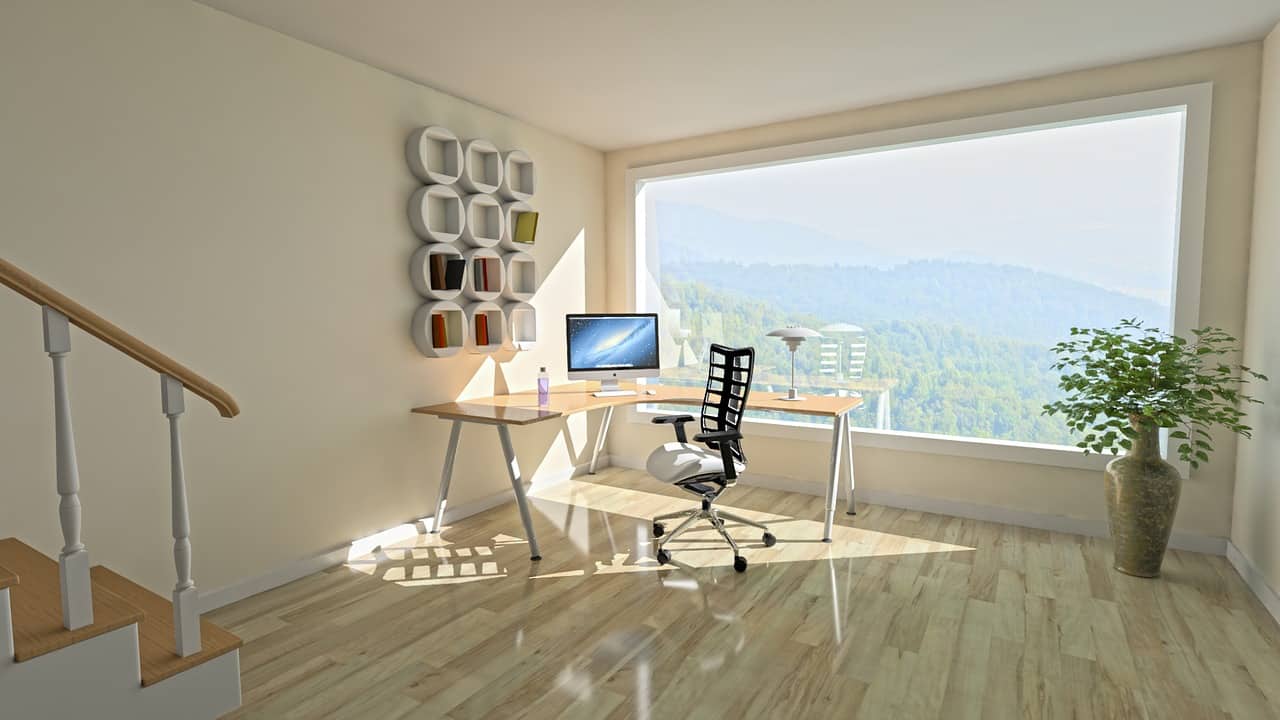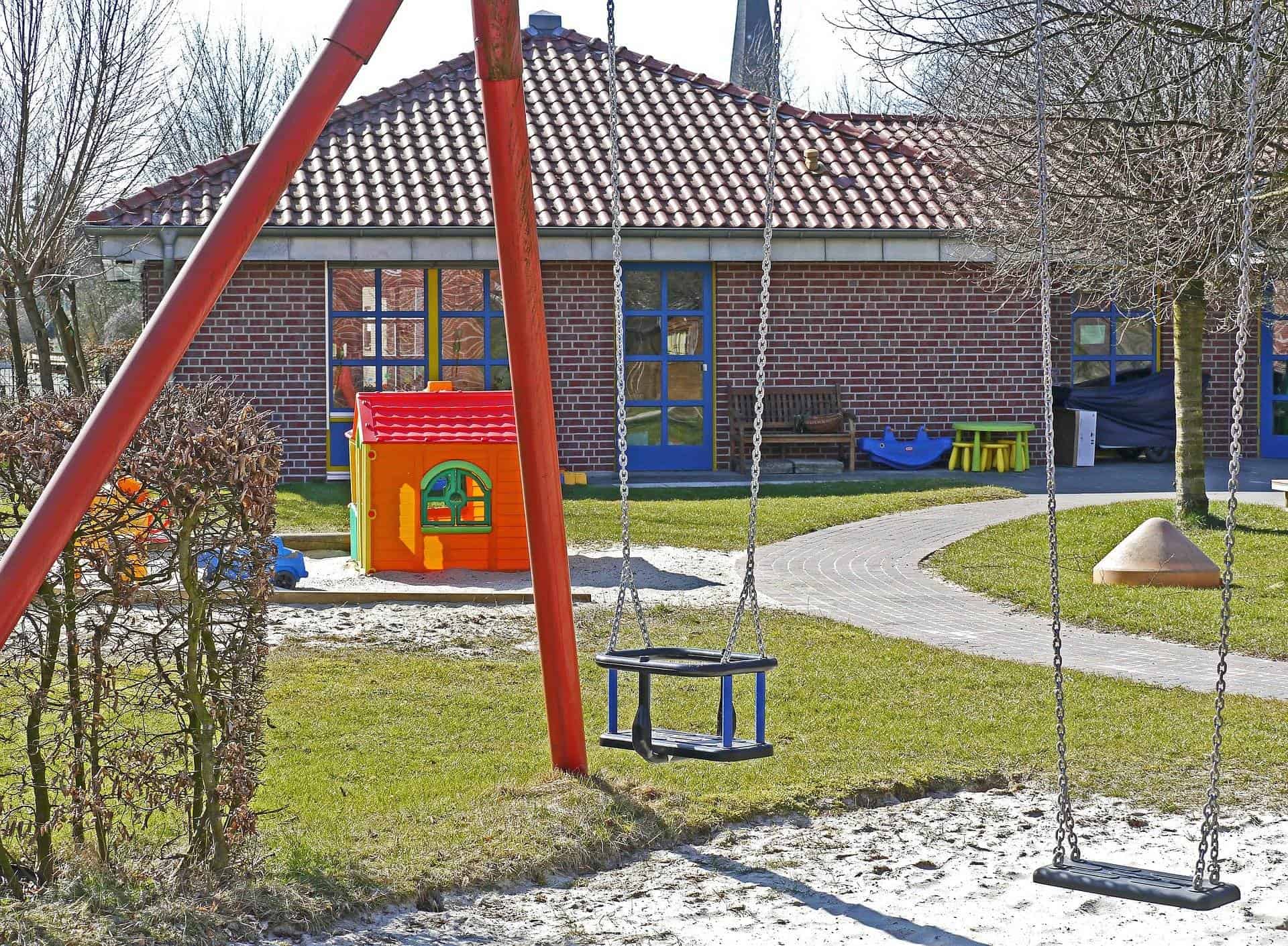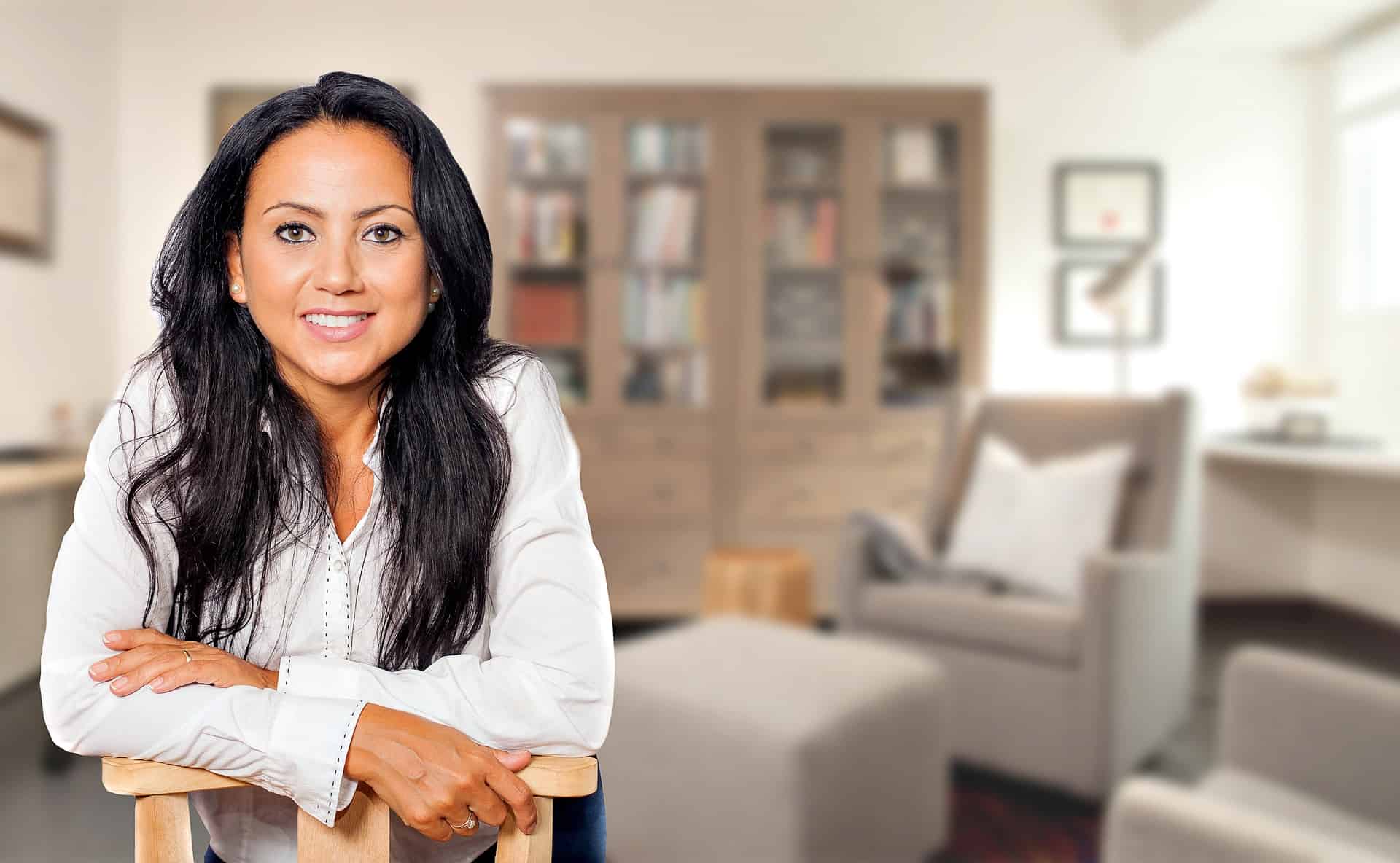
More than 30 million American employees work from home at least one day a week, and that number is steadily growing. For some, this means clearing a spot on the kitchen table, but for many remote employees it requires a dedicated space to handle their work. Some remote projects can be tackled with only a laptop and a phone, while other work-from-home jobs need spaces to separate the personal from professional.
Many business owners start out working in their own homes. Some entrepreneurs quickly outgrow their home office, while others, though still growing and profiting, manage perfectly well operating out of a living space. From seeing patients to caring for children, some of the most common professions benefit from staying rooted in a home office. This guide walks you through creating an inspiring and professional space at home, from the occasional telecommuter to the startup in the midst of a growth spurt.
- Remote Workers: Creating a distraction-free home office
- Childcare: Keeping little ones engaged
- Clinicians & Professionals: Separating home and office
Remote Workers: Creating a distraction-free home office

Both employers and employees agree: working from home has many benefits. Studies show that employees who telecommute are more productive, take fewer sick leave days, and save time and money on commuting. Even just one or two days a week can make a big difference in job satisfaction and recruitment.
That being said, finding success in a home office means you’ll need to be in a space that promotes efficiency and reduces distractions. In a traditional work environment, you might have different distractions, like coworkers popping by your desk for a chat or last-minute meetings. However, a non-traditional workspace can be a big distraction if you let your home life start creeping in. Here are a few tips to help you define a professional working space in your home:
- Office Hours: Establish set office hours so that you hold yourself — and your family — to your work schedule. Dedicate yourself to your professional work during this time, which can also mean eliminating other distractions like pets, television, internet, housework and neighbors.
- Standing Desk: Some studies show that standing desks can boost productivity by more than 50 percent, and many remote workers agree. Putting a standing desk in your home office will help you stay focused on your to-do list, keep you motivated, and improve health and well-being.
- Business Line: Whether you work for a company or for yourself, setting up a separate line for business calls can help establish that line between home and work. Even if it’s a second cell phone that you leave in your home office, you can leave your personal phone in the living room to reduce distractions while you work.
- Separate Space: Most remote employees report better concentration if they design a home office in a separate room, one with a door that closes when work starts and opens when it ends. Having that physical boundary between your living space and working environment can prevent the two from seeping into each other.
When it comes to creating an inspiring, distraction-free home office, you’ll want to find a blend of comfort and professionalism. One of the perks of working from home includes working in your pajamas, but sometimes creating a more polished space improves productivity. A comfortable chair, a clean desk clear of clutter, lots of natural lighting, and organizational tools like calendars and whiteboards are the hallmarks of a good home office — whether in a separate room or a cozy corner.
Childcare: Keeping little ones engaged

From early childhood development to tutoring high school seniors in chemistry, bringing in students to your home business requires an added level of safety. Running a daycare in your home needs a great deal of startup energy. From licensing to home inspections, it’s not as simple as opening the door and letting kids in. You’ll want to make sure you’ve established yourself as a professional, whether that means obtaining a few certifications or clearly stating your child development philosophy so that parents see you as a healthy, happy caregiver for their child.
In addition to you, they’ll also want to see that your home is safe and inspirational for their little one. A few ways to make that happen include areas for:
- Free Play: A corner of a room where kids can engage in self-directed play with toys appropriate for their ages.
- Arts and Crafts: A table or two dedicated to letting kids explore their creativity with paints and easels, markers, yarn, glue and other craft supplies.
- Story Time: A nice, soft carpet with pillows for kids to comfortably listen to stories. Reading skills can be enhanced with a nearby bookshelf that lets kids grab books and explore their content together or individually.
- Quiet and Calm: Sometimes children need a place to relax and self-soothe. A space with soft blankets, a cozy chair, and headphones for listening to relaxing music can help children when they are feeling anxious or frustrated.
- Outdoor Play: Children need room to run and play if you want your home daycare to be seen as one that stimulates all areas of child development. A safe playground, sandbox, and a garden is a great way to incorporate supervised outdoor playtime.
- Educational Activities: Especially important for older children, this can be a separate space or room, but ideally, you would incorporate education into all other areas. Math can be used in arts and crafts to measure yarn, science books can be part of story time, and Legos or building blocks can be used in free play.
Clinicians & Professionals: Separating home and office

When starting a private practice or your own company, establishing yourself as a professional in a home office is an excellent way to save on overhead while you build your business. From psychologists to certified public accountants (CPAs), many professionals can operate out of a home office. However, when dealing with private and personal information, such as healthcare or income information, you’ll need a clear line that separates your office and your home so that your client records are kept safe. A few ways to set up a safe, reputable practice in your home include:
- Close to Home: Some clinicians or professionals set up an office in a detached building like a remodeled garage, while others are located in the home in a room or basement with a separate entrance.
- Build Rapport: Home offices tend to be cozier and more homey for clients, which helps with the progress of therapy.
- Obtain the Equipment: Purchase and install the equipment you need to conduct your business from home with the highest degree of security and data backup. From a secure internet connection to cloud storage, clinicians and professionals handle a great deal of private information that must be kept secure.
- Process and Procedures: Establish processes, policies and procedures that help keep your home and office separate, even if they are sharing the same space. Standardize the way clients pay for your services and how you organize and report your bookkeeping.
A home office is a great way to increase your job satisfaction, ignite that entrepreneurial spirit or tackle a profession on your own terms. Like any business, you’ll want to make sure you have all of your licenses and permits in place before opening for business. Don’t invest in your home office without knowing your legal rights and responsibilities. Once you’re ready to go, be sure it’s a space you’ll want to spend time in. Whether working for someone else or for yourself, designing a home work space is an exciting new adventure.

 United States
United States Canada
Canada